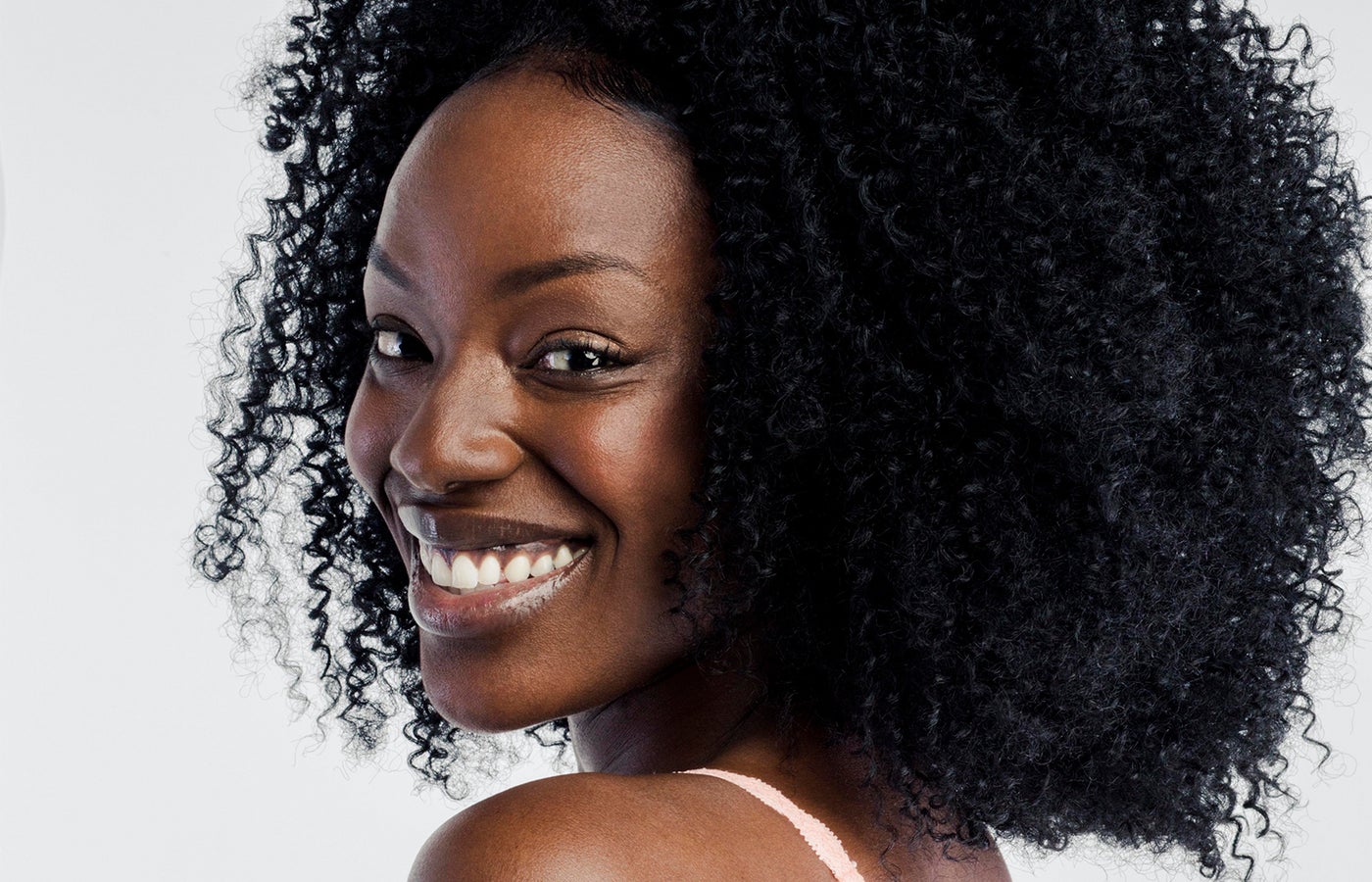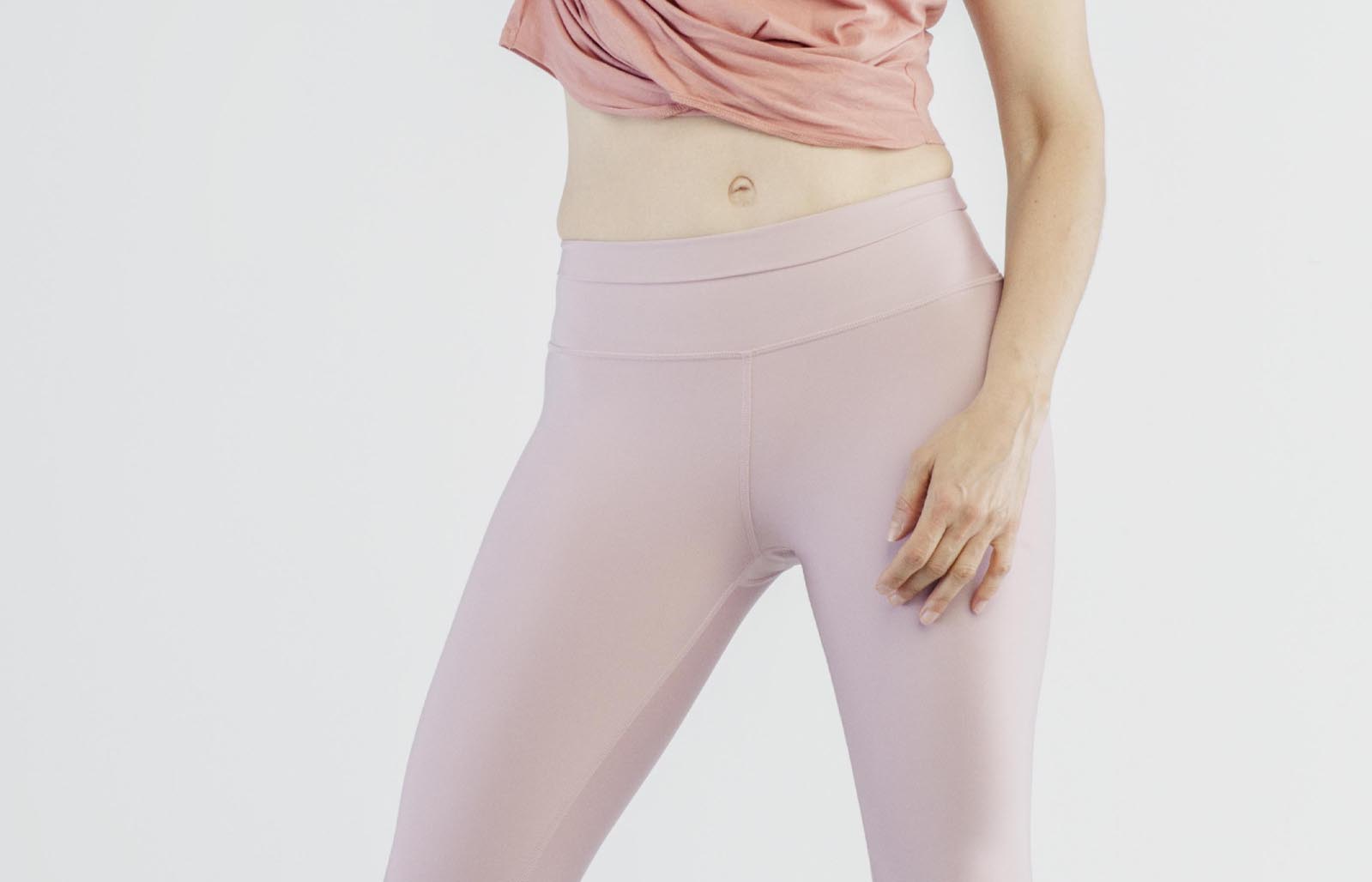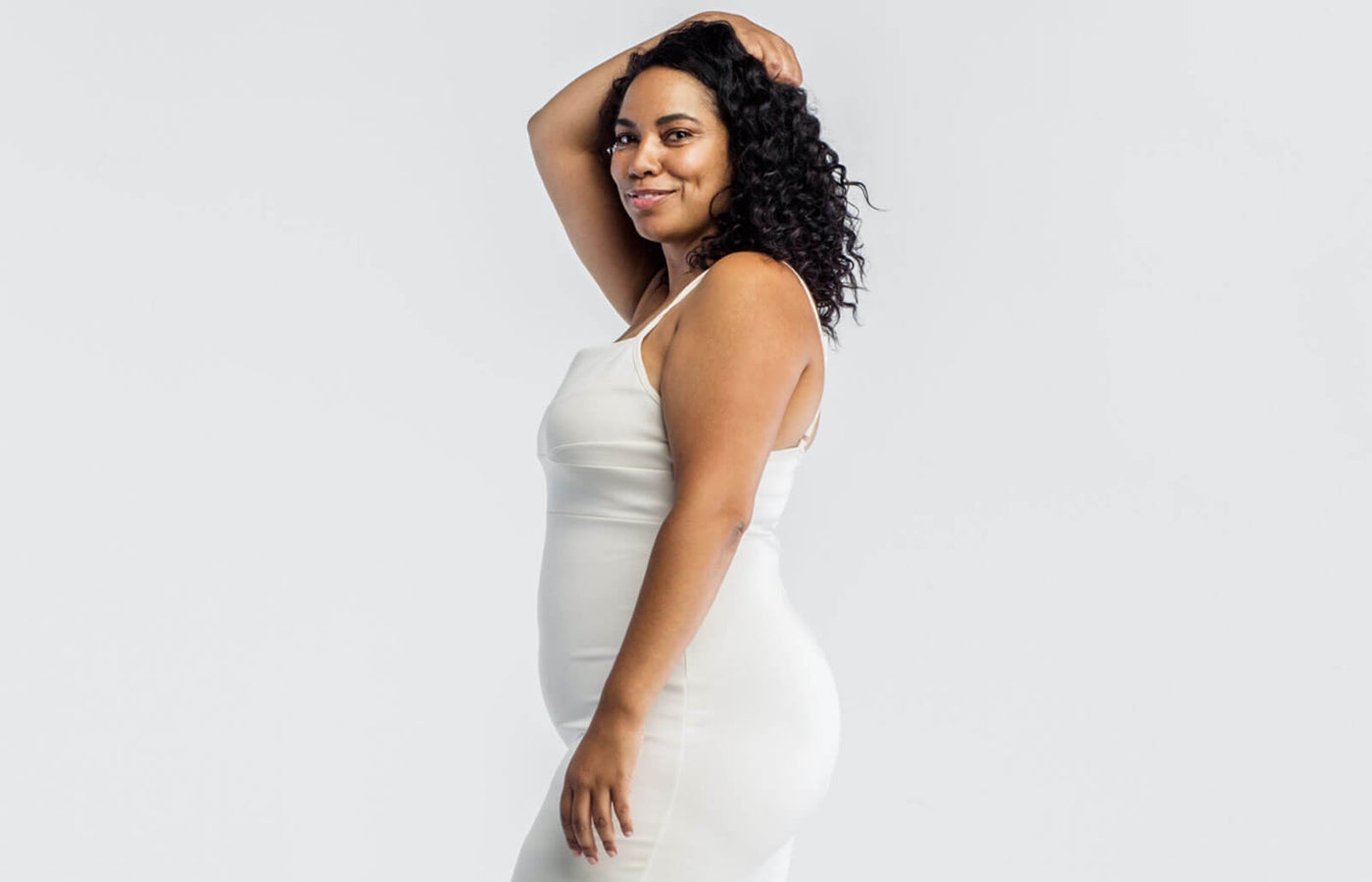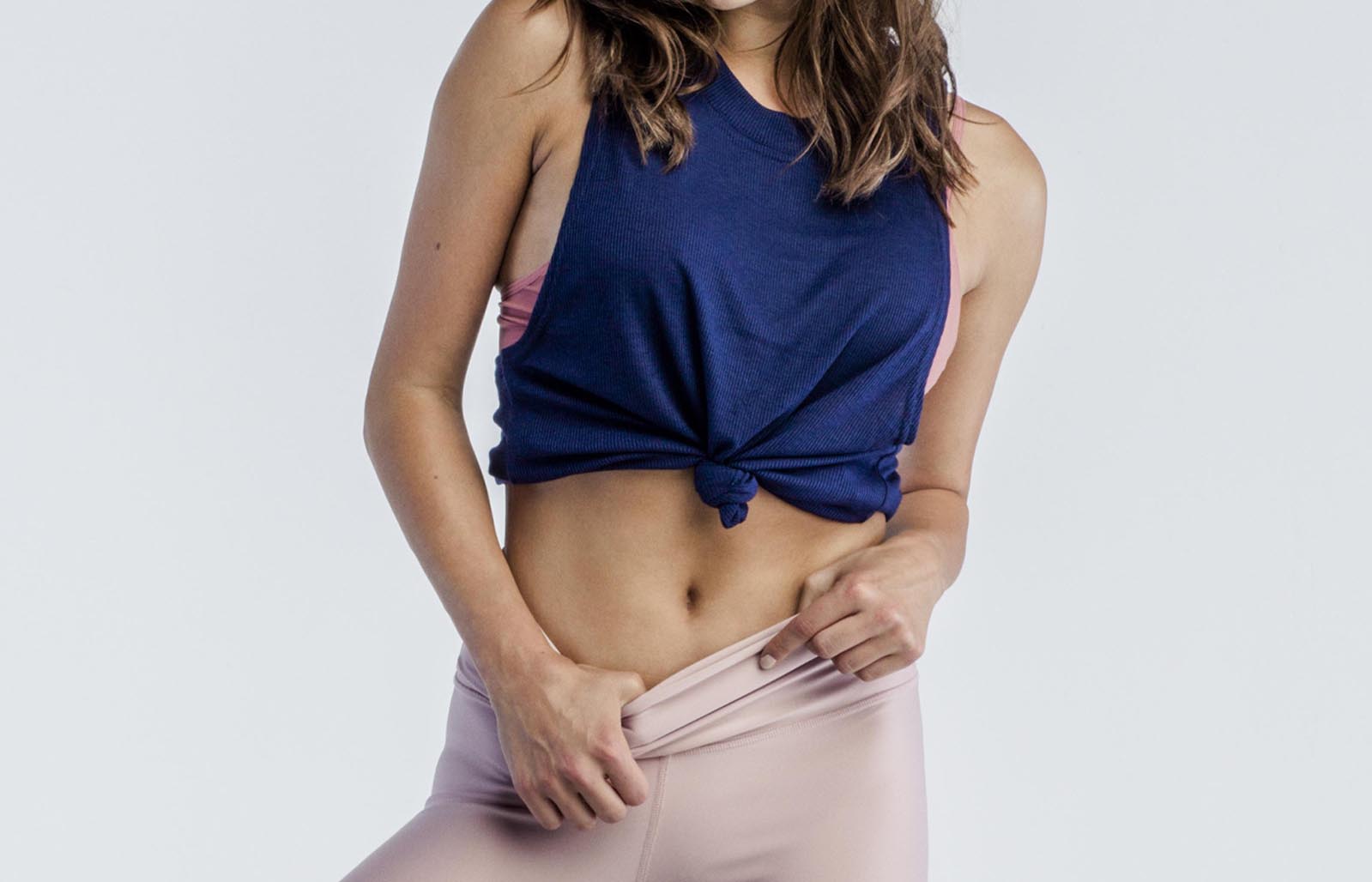O-Shot: What You Need to Know
Pros & cons
How much it costs
What to expect
How well it works
Benefits of the procedure
How safe it is
Risks to consider
How it feels afterwards
How quickly it works
Fast facts
The O-Shot (also known as the Orgasm Shot) is a nonsurgical treatment that aims to use a patient’s own blood-derived platelet-rich plasma (PRP) to stimulate the growth of new cells and boost blood flow to the vaginal walls and the clitoris for enhanced sensation and improved sexual wellness.
It's considered a regenerative autologous treatment because it relies on PRP from the patient’s own blood. The body uses these growth factor-rich platelets to jump-start cellular repair and certain kinds of tissue growth, including collagen synthesis and blood vessel proliferation.
This process may increase sensitivity to clitoral stimulation, mainly by improving cell functioning and blood flow to the vaginal area.
PRP has been used for years in orthopedic and spine surgery to speed healing and, more recently, in facial rejuvenation (the creator of the Vampire Facial, Dr. Charles Runels, also invented the O-Shot) and hair loss treatments.
RealSelf Tip: The O-Shot and the G-Shot are different procedures. While the O-Shot aims to improve sexual health and satisfaction with PRP (and typically focuses on the external clitoral region), the G-Shot uses hyaluronic acid filler to try to enhance the size and sensitivity of the G-spot, inside of the vaginal opening, making it easier to stimulate.
Pros
- It has high patient satisfaction: 88% of RealSelf members rate the treatment “Worth It.”
- The PRP O-Shot is a fast, “lunchtime” procedure (usually less than an hour) that requires no downtime or recovery time.
- There’s minimal discomfort during the procedure. Most describe feeling a slight pinch, some pressure, and minor cramping.
Cons
- While doctors commonly cite anecdotal evidence supporting the O-Shot, there are very few published, peer-reviewed scientific studies proving PRP injections capable of improving sexual health or providing orgasm enhancement.
- O-Shot critics also question the treatment’s safety, since again, evidence is lacking.
- “Some women may not respond to the O-Shot—or may not be a good candidate if they have poor platelet function,” says Spring, Texas, board-certified plastic surgeon Dr. Young Cho.
- A shot can’t address true sexual dysfunction, or the psychological factors that can affect sex drive, sexual arousal, and the ability to orgasm. “Sex is complicated for women,” says Dr. K. Roxanne Grawe, a board-certified plastic surgeon in Powell, Ohio. “What the O-Shot cannot fix is stress, fatigue, a difficult relationship with your partner, the kids coming into your room at night, or self-confidence.”
- Average Cost:
- $1,425
- Range:
- $500 - $2,000
Your price will depend on your doctor’s level of experience, their office location, and whether you combine the injection with any other procedures. Insurance does not cover the O-Shot.
The O-shot is an in-office, nonsurgical procedure that takes about 30 minutes.
- Your doctor will first perform a simple blood draw from your arm and then spin the blood down in a centrifuge in order to isolate the platelet-rich plasma. This takes about 20 minutes. (Drinking more water than usual the day of the procedure can increase intravascular volume, making the blood draw easier.)
- You’ll receive a topical anesthetic and perhaps an ice cube for your clitoris. Once those areas are numb, your doctor may inject a local anesthetic to completely numb the deeper tissues. “No anesthesia is needed inside the vagina, as the vaginal walls do not have the type of nerve endings that cause pain with needle injection,” notes board-certified OB-GYN Dr. Michael Goodman.
- Your doctor will use a small needle to inject PRP near your clitoris and sometimes into the front wall of your vagina, near the G-spot and urethra. (Some providers inject only the external tissues during an O-Shot while others deliver PRP to the inside of the vagina, as well.)
- You may experience mild cramps immediately afterward.
RealSelf Tip: The O-Shot is a trademarked procedure that only certified providers can offer. While any practitioner trained in the injection technique can use PRP, only dues-paying members or the Cellular Medicine Association are allowed to use the term O-Shot. Depending on individual state regulations, physicians, nurse practitioners, and physician assistants can be trained in the O-Shot procedure. Naturopathic doctors are not approved to offer the injection.
People who have had the O-Shot give it a 88% Worth It Rating on RealSelf, with several reviewers saying the results have been a “game changer”—but more research is needed.
There’s little published evidence linking PRP injections to improved sexual health or better or more frequent orgasms in women.
While some doctors report success with the O-Shot, others question its efficacy, given the lack of reliable data on PRP injections for the vaginal area.
Our PubMed search turned up one small study, published in 2019 in the Turkish Journal of Obstetrics and Gynecology, finding that PRP injections into the clitoris and vaginal wall—delivered once every four weeks, for four months—“may improve female sexuality with high satisfaction.”
The authors make the point that “there is no consensus in the literature about how many times and how often PRP administrations should be performed,” so protocols are apt to vary from one physician to the next.
Some O-Shot proponents also promote the procedure as a remedy for pelvic floor disorders, like urinary incontinence. Again, studies are scant.
A 2022 review of the existing evidence on the use of PRP in patients with urogynecological disorders states: “The currently available literature indicates that PRP could have a beneficial effect as a single or adjuvant treatment in patients with SUI [stress urinary incontinence], POP [pelvic organ prolapse], GSM [genitourinary syndrome of menopause], vaginal fistula and genital lichen sclerosus with minimal adverse events. However, valid evidence is still lacking and further well-designed studies are warranted in the field to confirm the validity of the so far reported outcomes.”
In the meantime, PRP shouldn’t be the first- or even second-line treatment for stress incontinence, notes Jersey City, New Jersey, OB-GYN Dr. Edsel Antonio.
Most evidence supporting the benefits of the O-Shot is anecdotal.
- Many women report an increase in clitoral sensitivity, libido, and sexual response, in addition to more intense orgasms.
- Dr. Michael Goodman, an OB-GYN in Davis, CA, says that about 60–65% of his patients report “improved orgasmic function” after one O-Shot injection, and about 75% report improvement after two injections.
- The injection can be helpful for those experiencing pain immediately before, during, or after penetration (dyspareunia), according to some O-Shot reviews from RealSelf members.
As Dr. Cheung notes, “The anti-inflammatory effect of PRP may help with chronic interstitial cystitis, chronic mesh pain, and lichen sclerosus. Improvements in urge incontinence and stress incontinence are [potentially] due to the regeneration of nerves and tissue.”
PRP treatments like the O-Shot are not FDA approved for aesthetic use because the regulatory agency doesn't govern blood biologics.
“However, certified providers of the O-Shot use FDA-approved devices to prepare the PRP used for the O-Shot,” says Willowbrook, Illinois, board-certified dermatologist Dr. Jessie Cheung.
The O-shot is thought to be safe when administered by a board-certified physician who has taken all the necessary steps of precaution (a sanitary facility, numbing cream, etc.).
That said, some physicians have expressed concerns over the lack of O-shot safety data.
“There is always a risk with any injection, no matter how small. However, the O-Shot is especially safe because it is performed with a very small needle and is using a patient’s own PRP—so no foreign body, no manufactured filler, and no chemicals,” says Dr. Shareef Jandali, a plastic surgeon in Trumbull, Connecticut.
Complications are rarely associated with the O-Shot since PRP is what the body uses to heal tissue, says Dr. Cheung. Light spotting immediately after the procedure is a normal side effect for most women and usually stops within a couple of days.
Some people may also experience either a numb feeling in the treated area or an increased sensation, “with the inability to get relief with multiple orgasms,” Dr. Cheung notes. This is unusual but could last up to a few weeks.
Other potential O-shot complications include:
- Infection
- Bleeding
- Bruising
- Numbness
- Painful intercourse
- Vascular occlusion
There’s no real recovery time, aftercare, or restrictions following an O-Shot procedure.
Normal sensation should return to the treated areas a few hours after the procedure, once the numbing cream has worn off. Patients can resume all activities, including sexual activity, the same day, but there may be light spotting from the needle injections.
“Don't take any anti-inflammatories for a short time after the procedure,” says Dr. Grawe. “The PRP works by inflammation, and medications that decrease this also decrease the result.”
O-Shot injections result in initial swelling, so some women notice increased sensitivity in the treated area almost immediately. However, true regeneration typically starts around the three-week mark, as the PRP stimulates the stem cells, collagen, and blood vessels to help grow tissue.
Dr. Grawe finds that most women notice the biggest difference between six weeks and three months after treatment, “as new preprogrammed younger cells, with better function, take over,” she explains. “The sensation cells are more sensitive, the moisture cells make more moisture, and the vessels are more plump—so more blood supply gets to this area, and you are more easily able to achieve orgasm.”
According to Dr. Cho, “if by the end of three months, you do not see enough improvement, you can repeat the procedure.”
The O-Shot photos in our gallery have been shared by the provider who performed the procedure, with the patient's consent.
O-Shot providers generally tell patients that the benefits can last a year or longer, but without reliable, long-term studies, it’s difficult to say for sure.
The G-shot (also known as G-Spot Amplification, or GSA) is an injection of hyaluronic acid dermal filler into the G-spot. Some providers claim it increases sensitivity and leads to better orgasms. It has yet to be approved by the FDA and there is little information available on this method. One injection is reported to last four to six months. If you’re not normally aroused vaginally, you’re likely not a good candidate for the G-shot.
Geneveve by Viveve is an in-office radiofrequency (RF) treatment aiming to tighten vaginal tissues, increase moisture, and treat urinary stress incontinence. It can also be used externally, to improve the appearance of the labia majora. It is not specifically promoted to improve orgasmic function, notes Dr. Goodman. The treatment pairs RF energy with a cooling tip for comfort. The heat stimulates production of collagen, elastin, and other substances beneath the skin. One session is required; it lasts less than an hour. Because of the contact cooling, the treatment doesn’t require any numbing or anesthesia.
MonaLisa Touch uses a laser to stimulate both surface and deep tissue layers of the vagina, promoting collagen production to restore moisture and elasticity. Treatment involves one to three sessions, spaced about two months apart.
Ultra Femme 360 is a nonsurgical vaginal rejuvenation treatment developed in order to treat stress incontinence and vaginal laxity while improving sexual health (it doesn’t claim to improve orgasmic function, however). The device applies RF energy to both the vagina and vulva. You’ll need three treatments, one per week, to see results.
ThermiVa RF treatments stimulate collagen and elastin production and increase blood flow. The wand heats tissues both inside and outside the vagina, to provoke a healing response. The skin of the external labia becomes less lax, internal tissues tighten, and nerve signaling is restored, for improved sensation and lubrication (but, again, it’s not specifically promoted to improve orgasmic function; nor are the devices that follow).
Votiva uses two handpieces—the FormaV, for internal use, and FractoraV, for external use. The heat creates controlled microdamage that triggers your body’s natural healing process, prompting faster cell turnover and more blood flow to the area. The tissues tighten and nerve signaling is restored, for heightened sensation and increased lubrication. Doctors recommend three treatments, spaced one month apart, for best results. Each treatment session lasts 30 minutes.
diVa delivers two laser beams at once to the wall of the vaginal canal, to help tighten and boost lubrication. The first laser deeply resurfaces the tissue layers, replacing them with improved-quality tissue. The second laser heats the layers where collagen exists. Three treatments, spaced four to six weeks apart, are recommended for optimal results.
FemiLift is a fractionated CO2 laser treatment, similar to the MonaLisa Touch, used to improve vaginal dryness, laxity from loss of connective tissue as a result of menopause, and diminished sensation. FemiLift is a 15-minute procedure, with treatments scheduled at two- or four-week intervals. Most patients benefit from one or two treatments.
Updated September 8, 2022








